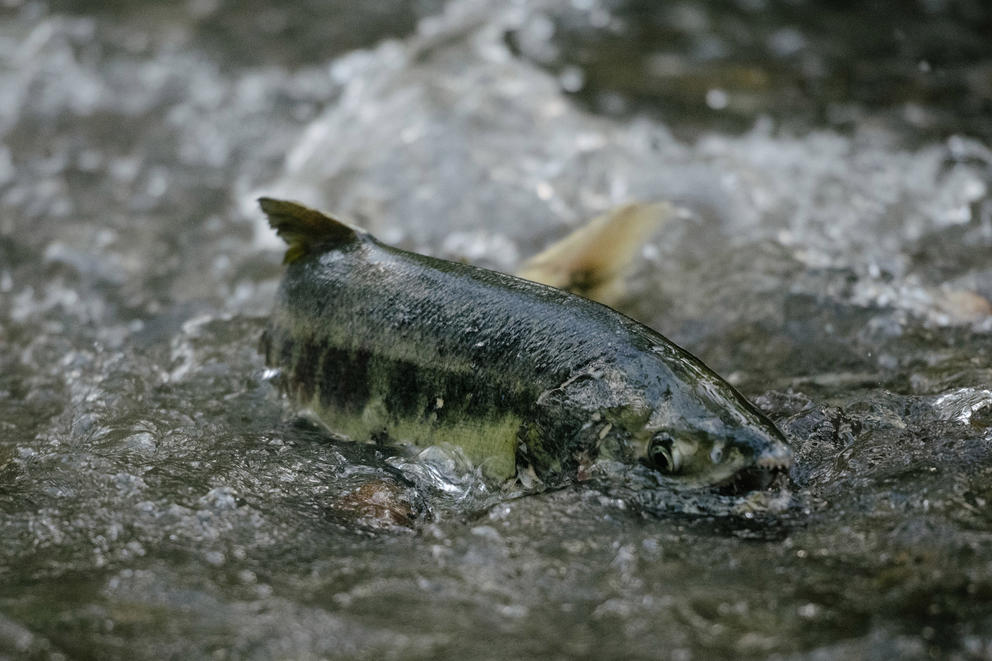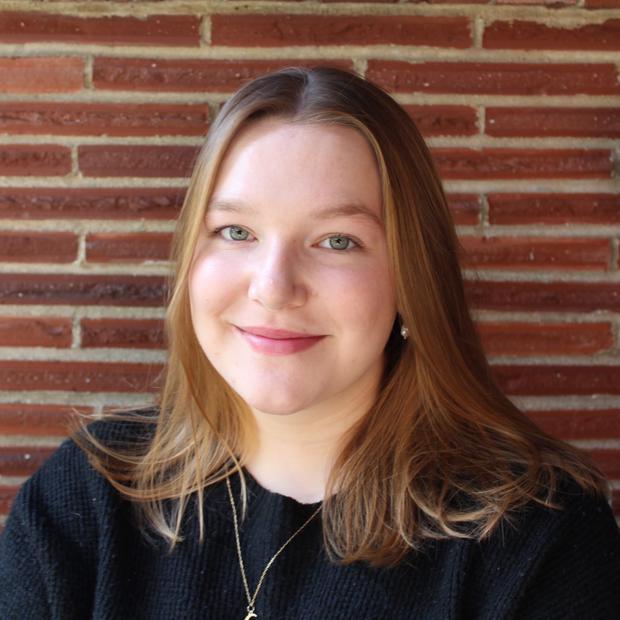The county’s Fish Passage Restoration Program began in 2018 and aims to accelerate efforts to remove county-owned barriers like road culverts. The new auditor’s report issued last Tuesday says King County risks failing to meet its goals of opening the best habitat for salmon as fast as possible. The county – and the whole state of Washington – also risks violating treaties that protect tribal fishing rights.
When fish can’t swim through barriers like road culverts, they lose access to spawning sites, critical for them to reproduce and complete their life cycle. These barriers have resulted in numerous lawsuits brought by Pacific Northwest nations, and in 2018 the federal government ruled that they contribute to declining salmon populations and violate treaties that uphold tribal fishing rights.
One of the most significant findings from the audit concerned how the program sequenced projects.
To better understand the effects of the more than 900 county-owned barriers, priority scores were assigned based on the benefit of removing them, ranging from little impact to hugely consequential to salmon’s ability to access habitat. Without this prioritization model, staff say, it would take a century to meet their goal of restoring access to at least half of the habitat blocked by county barriers.
But despite the program’s goal of opening the best habitat as quickly as possible, the program did not schedule the most impactful barriers for removal first. Auditors found that almost 50% of habitat gain from barrier removal will happen in the last three years of the 10-year program.
“If what they want to do is [open] the best habitat for fish as fast as possible … then the sequencing isn’t in line with that,” said supervising auditor Cindy Drake.
Instead, auditors found that those culverts identified early on as needing repairs, but that didn’t always meaningfully impact salmon habitat, were scheduled for removal first. These infrastructure-based projects make up nearly 60% of the first half of the program’s 10-year work plan.
Auditors call this sequencing risky given the uncertainty of future funding and program costs, leaving the most impactful projects hanging in the balance.
But Evan Lewis, the program’s special project manager, said the reason for this sequencing wasn’t highlighted in the report.
In the early days, Lewis said, the county didn’t have a lot of information on what barriers existed or were most impactful. The completed inventory and priority scoring model that would've allowed the program to prioritize habitat-focused projects wasn’t completed until 2022 after three years of work.
What the program did have in those days was information on culverts that were already failing, which had been flagged by maintenance crews. Since then, Lewis says, the program has been working to repair and make the failing culverts fish-passable as required by law, a process that takes five to six years from start to finish.
“The audit report, for better or worse, it said ‘Well, you’re doing the habitat projects later,’” Lewis said. “That’s because we’re really starting that work just in 2023, and finishing up the prior ones based on the available information we had at the time.”
Acting on recommendations from auditors, the program will update its work plan to better align with county goals and ensure completion of projects with the most habitat gains, which Lewis says the program is now able to do with a developed prioritization model.
The auditor’s office is also asking the program to work harder to ensure ongoing consultation with local Indigenous nations and include them in the program’s work plan.
Although the program consulted with nations in developing the prioritization model for barrier removal, auditors say they have not been involved in the development of the 10-year work plan. Because of this exclusion, auditors say, the program has not allowed tribal input into decisions that directly relate to treaty-protected fishing rights.
The report finds that consulting with nations would also make the program more successful by shortening timelines for some permits and allowing for collaboration on grant applications.
“We know we need to talk to the tribes as early as possible because their input is essential to a successful project,” Lewis said. “We will definitely do a better job on that.”
The report also found performance metrics inaccurate and misleading. The program tracks progress by reporting the miles of habitat restored or the length between removed county-owned barriers, but because the program doesn’t take into account non-county-owned barriers located between county-owned ones, auditors say this measurement is misleading and overstates the amount of habitat actually restored.
Lewis said this measurement is a good way for the program to understand barrier removal from the fish’s perspective, but due to factors the program can’t predict, like new barriers popping up without their knowledge, it is just an estimate.
Moving forward, auditors are asking the program to develop performance measures that more accurately reflect the program’s progress, while taking into account non-county-owned barriers.
The Fish Passage Restoration Program concurred with all eight recommendations made by the auditors and will now work on implementing these suggestions, clarifying goals and developing strategies to meet them.
“This is a great opportunity to check our status and refresh what we’ve done in the past, and use that to inform where we’re gonna go in the future,” Lewis said.
But with so many factors impacting fish populations — like pollution, rising water temperatures, and a scarcity of prey — barriers to habitat are just one part of the problem. Auditors say that even if all county-owned barriers are removed, more investment will be needed for salmon populations to rebound.
“This program, at least the way it’s currently designed and operating, would not be sufficient to achieve all of the county’s goals in this area,” said Drake.



